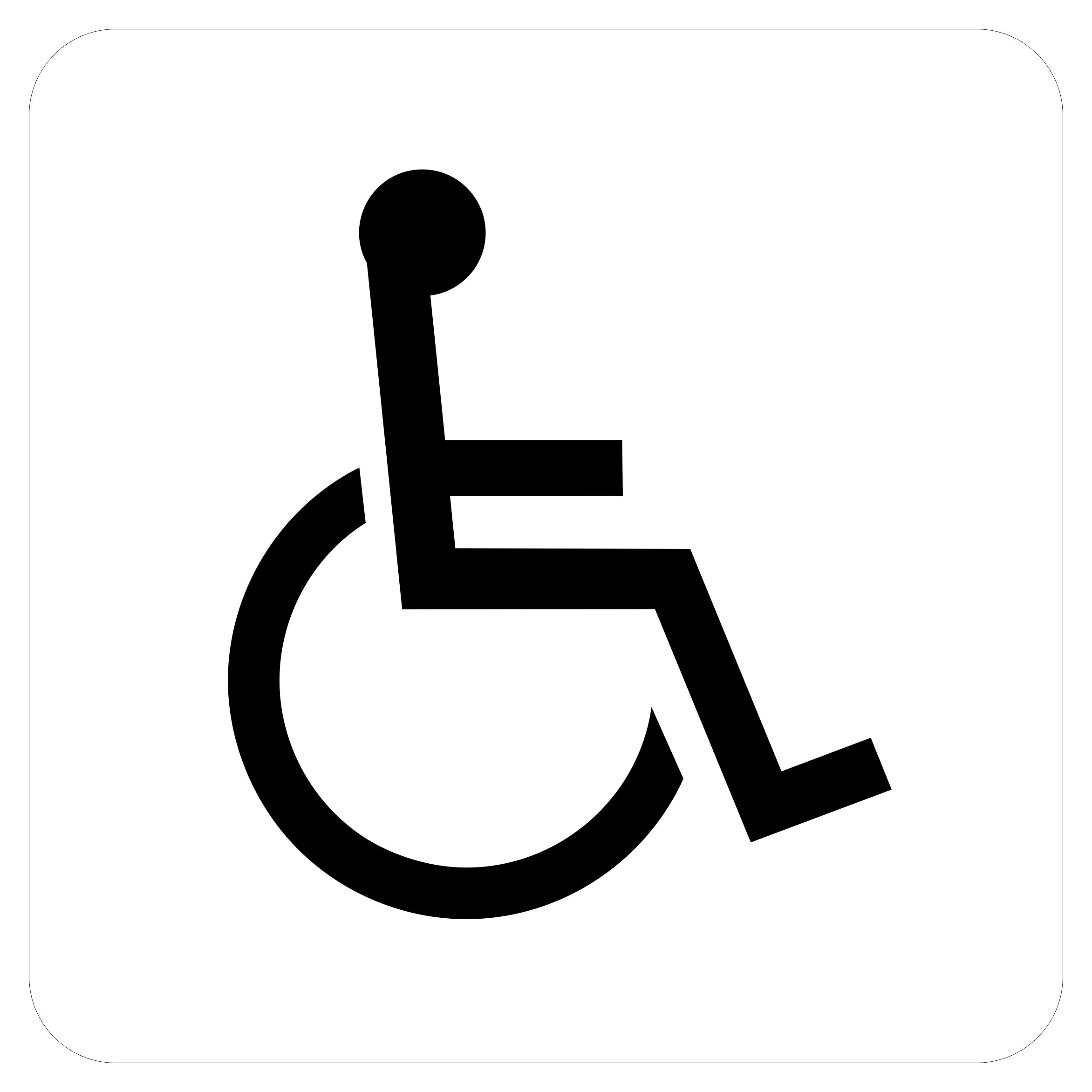ADA Signs: Important Devices for Inclusive Atmospheres
ADA Signs: Important Devices for Inclusive Atmospheres
Blog Article
Discovering the Trick Features of ADA Indications for Enhanced Access
In the realm of ease of access, ADA signs offer as silent yet effective allies, making sure that rooms are inclusive and accessible for people with impairments. By integrating Braille and tactile components, these indications break obstacles for the visually damaged, while high-contrast color systems and legible typefaces cater to varied aesthetic needs.
Importance of ADA Conformity
Ensuring conformity with the Americans with Disabilities Act (ADA) is crucial for fostering inclusivity and equal gain access to in public spaces and work environments. The ADA, established in 1990, mandates that all public centers, employers, and transport solutions fit people with handicaps, guaranteeing they take pleasure in the exact same civil liberties and chances as others. Conformity with ADA criteria not just satisfies legal obligations however likewise boosts an organization's track record by demonstrating its dedication to variety and inclusivity.
Among the essential elements of ADA conformity is the application of easily accessible signage. ADA signs are made to make certain that individuals with disabilities can conveniently navigate with structures and rooms. These indications have to follow details standards pertaining to size, font style, color comparison, and placement to ensure presence and readability for all. Properly executed ADA signage assists eliminate obstacles that people with disabilities usually run into, therefore advertising their freedom and self-confidence (ADA Signs).
Additionally, adhering to ADA guidelines can minimize the risk of lawful effects and prospective penalties. Organizations that fail to follow ADA guidelines may encounter penalties or claims, which can be both destructive and monetarily burdensome to their public photo. Therefore, ADA compliance is indispensable to cultivating a fair atmosphere for every person.
Braille and Tactile Components
The incorporation of Braille and tactile components into ADA signs symbolizes the principles of access and inclusivity. It is normally put underneath the equivalent message on signs to guarantee that individuals can access the info without aesthetic assistance.
Responsive aspects extend beyond Braille and consist of increased personalities and symbols. These components are created to be discernible by touch, allowing individuals to determine space numbers, restrooms, leaves, and other critical areas. The ADA establishes particular guidelines concerning the size, spacing, and positioning of these responsive aspects to enhance readability and make certain consistency across various environments.

High-Contrast Color Design
High-contrast color pattern play a pivotal duty in boosting the exposure and readability of ADA signage for individuals with visual disabilities. These systems are essential as they make best use of the difference in light reflectance between message and background, making sure that indicators are conveniently discernible, even from a range. The Americans with Disabilities Act (ADA) mandates making use of certain shade contrasts to fit those with restricted vision, making it an essential aspect of conformity.
The efficacy of high-contrast colors depends on their ability to attract attention in various lights problems, including dimly lit atmospheres and areas with glow. Usually, dark message on a light history or light text on a dark history is utilized to attain ideal comparison. For example, black message on a yellow or white history provides a stark aesthetic difference that assists in fast acknowledgment and understanding.

Legible Fonts and Text Size
When thinking about the style of ADA signs, the option of clear typefaces and proper text dimension can not be overstated. The Americans with Disabilities Act (ADA) mandates that font styles need to be sans-serif and not italic, oblique, script, very decorative, or of unusual kind.
The size of the message also plays a pivotal duty in access. According to ADA guidelines, the minimum text height need to be 5/8 inch, and it should increase proportionally with seeing range. This is particularly vital in public areas where signage needs to be reviewed rapidly and accurately. Consistency in text size adds to a natural aesthetic experience, aiding people in navigating atmospheres efficiently.
Moreover, spacing between lines and letters is important to readability. Adequate spacing stops characters from showing up crowded, boosting readability. By sticking to these criteria, designers can substantially boost access, ensuring that signs serves its designated objective for all people, no click now matter their visual abilities.
Effective Positioning Methods
Strategic positioning of ADA signage is crucial for optimizing access and making sure compliance with lawful standards. ADA guidelines stipulate that signs need to be mounted at an elevation in between 48 to 60 inches from the ground to guarantee they are within the line of sight for both standing and seated people.
Additionally, indicators should be positioned beside the latch side of doors to enable simple recognition prior to entry. This positioning assists people locate spaces and rooms without obstruction. In situations where there is no door, signs should be located on the local surrounding wall. Consistency in indicator positioning throughout a center enhances predictability, minimizing complication and improving total customer experience.

Conclusion
ADA signs play a vital duty in promoting availability by integrating attributes that deal with the needs of people with specials needs. These components collectively cultivate an inclusive setting, highlighting the importance of ADA conformity in making sure equal access for all.
In the realm of access, ADA indications offer as silent yet powerful allies, ensuring that rooms are accessible and comprehensive for people with handicaps. The ADA, enacted in 1990, mandates that all public facilities, employers, and transportation services accommodate individuals with impairments, ensuring they appreciate the very same rights and possibilities as others. ADA Signs. ADA signs are developed to ensure that people with specials needs can quickly navigate with buildings and rooms. ADA standards stipulate that article source indicators must be installed at a height between 48 to 60 inches from the ground to ensure they other are within the line of view for both standing and seated people.ADA signs play an essential duty in promoting ease of access by integrating functions that resolve the demands of individuals with specials needs
Report this page